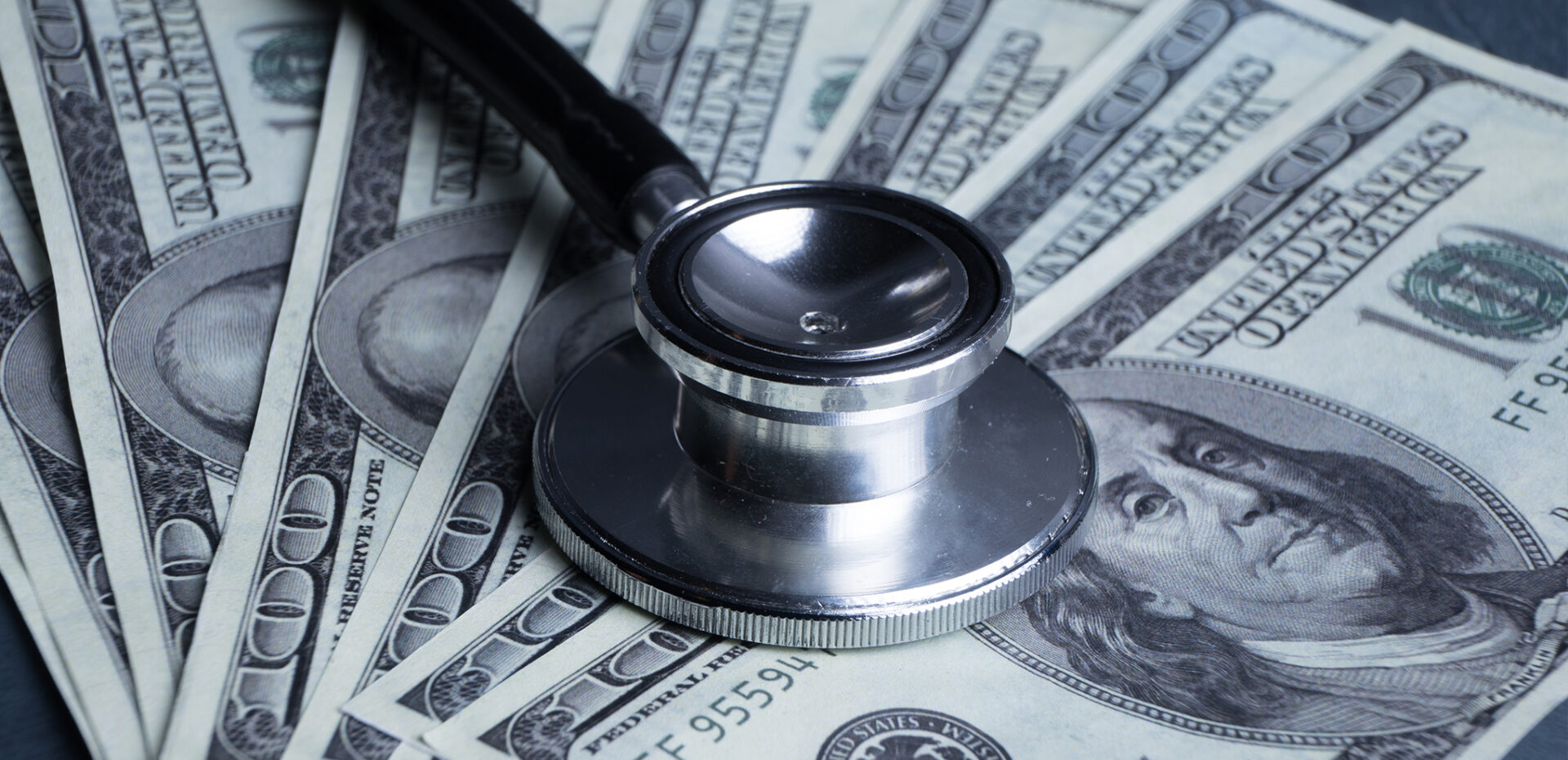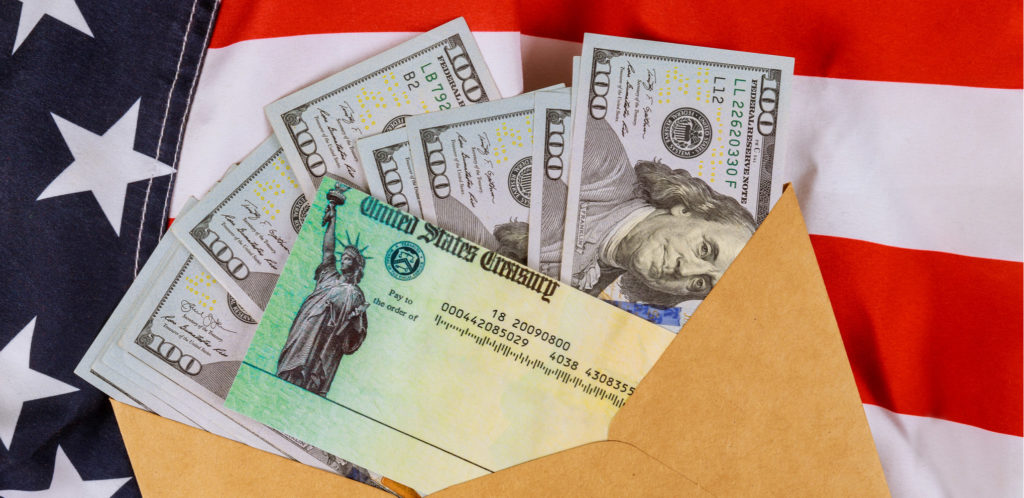The toll from COVID-19 on the nation has surpassed anything that anyone could have imagined. Beyond the human tragedy lies another struggle: Keeping medical practices, hospitals and health systems operating.
The nation’s ‘new normal’ had a new perspective on April 16th. The White House Coronavirus Task Force revealed the start of a three-phase plan to open the economy back up. President Trump ceded the decision-making process to do so to the country’s governors. The briefing spoke of “a phased and deliberate approach” to restoring normal activity in places that have strong testing and are seeing a decrease in COVID-19 cases. In the meantime, hospital revenues have continued to drop due to the persistent pandemic.
The Surgeon General’s urging to cancel elective surgeries last month had essentially shuttered a key source of steady earnings. Critical shared information relating to elective surgeries and more during this crisis has been in a constant state of flux. Case in point: The American Hospital Association announced in a press release on April 17th that a coalition including the American College of Surgeons (ACS), American Society of Anesthesiologists (ASA), Association of Perioperative Registered Nurses (AORN) and the American Hospital Association (AHA) are working to ensure patients can have elective surgeries as soon as safely possible with a roadmap to guide readiness, prioritization and scheduling. The big picture reality for the medical community is that COVID-19 has created a domino effect of lost monies. The challenges to pay a litany of expenses, from mortgage, staff salaries and malpractice insurance to utilities, electronic health records and other costs keeps mounting.
There remains a lot to unpack regarding the impact of COVID-19 on medicine. A series of relief measures to help providers and hospitals survive the nationwide viral outbreak have been implemented. However, concerns swell for more stimulus, resulting in the urgency for additional congressional relief packages to arrive asap.
Where to Find Help
Help has been made available through an advance on Medicare billings and providers applying for the Small Business Administration’s Paycheck Protection Program (PPP) loan initiative. Created by the $2.2 trillion stimulus bill to help small businesses weather the crisis, the PPP was launched on April 3rd. As of April 16th, more than 1,637,000 loan applications valued at “over $339 billion” had been approved for a range of companies and industries, according to the Small Business Administration (SBA).
But no matter the route for how financial relief arrives during this precarious time — with the stimulus and other resources, comes a slew of questions as to how exactly providers will cushion the financial strain. Evidence the fact that an important proviso regarding the PPP is now playing out. As of April 16th, the SBA had stopped accepting claims. Funding ran out. Congressional lawmakers are in a standoff to update the $350 billion Paycheck Protection Program. According to the SBA website, the agency “Is unable to accept new applications … based on available appropriations funding.” A break in a congressional stalemate on April 17th floated a compromise that would support adding aid to hospitals as part of a deal to renew funds in the depleted program for small businesses, reports the Washington Post. The Senate has since approved a $484 billion interim economic stimulus package on April 21st. The House voted on the measure on April 23rd, with $75 billion allotted for hospitals.

Relief Requests and Resources
The American Medical Association (AMA) has had a presence throughout the crisis, expressing how the medical community will be pushed to the max without relief aid. A message went out to Congress as a unified front from the AMA and the American Nurses Association. “America is counting on Congress to provide direct funding to front-line health care personnel and providers, including nurses, physicians, hospitals and health systems, to respond to this pandemic.”
Access the latest updates on COVID-19 stimulus programs and more:
Physician Practice Financial Relief Guide.
The AMA’s how-to guide takes providers through the steps to access the $2.2. trillion relief CARES Act composed of grants, loans and accelerated payment options.
Federal steps that have been taken to help providers and health systems, include:
- Medicare payments are at the same rate for telemedicine treatments as is normally the case for in-person visits.
- Congress has suspended a 2 percent Medicare reimbursement cut.
- Medicare fees have been boosted by 20 percent for treating COVID-19 patients.
- Hospitals will be paid Medicare rates for uninsured COVID-19 patients.
CARES Act Provider Relief Fund
The CARES Act funds began their distribution to providers via direct deposit on April 10. All facilities and providers that received Medicare fee-for-service reimbursements in 2019 are eligible for the distribution.
For the medical community, such earmarked provider monies are necessary sustenance. It was just last month when the “Coronavirus Aid, Relief, and Economic Security (CARES) Act” was enacted to help businesses and others, including physicians with significant programs and resources. As of April 13th, the Centers for Medicare and Medicaid Services had announced that $30 billion of the $100 billion earmarked for hospitals in the Act was released, according to the Department of Health and Human Services (HHS).
The CARES Act provides resources for loans and other financial assistance, as reported by the AMA.
The AMA offers insight with a breakdown of “What the CARES Act means for physicians and medical students.”
American Academy of Family Physicians — Lobbying Efforts
The American Academy of Family Physicians (AAFP) lobbied Congress to support the primary care workforce on the front lines of the pandemic. Lobbying efforts included:
- Resources for telehealth expansion
- Funding for community health centers and teaching health centers so that more U.S. patients could be seen
American Association of Nurse Anesthetists — Congressional Compensation Request
The American Association of Nurse Anesthetists (AANA) reports that the Association has urged Congress for compensation for frontline healthcare workers that is reflective of the strain they are experiencing, physically and emotionally.
In an April 14th letter to Congress, AANA President Kate Jansky and AANA CEO Randall D. Moore said: “While the CARES Act, signed into law last month, provided valuable support to small businesses and providers during the crisis, CRNAs now call on Congress to go further by incentivizing and properly compensating the front line workers who continue to put their lives on the line.”
There are ongoing updates with critical resources that are easily accessible from the AANA on COVID-19.
Guidelines and Assistance for Residents and Medical Students
The AMA is a go-to resource for medical students and residents for the CARES Act financial considerations, such as student loans and other provisions that could be of help. Concerns related to student loans are among the wide-ranging and significant benefits covered.
Specific information is directed to residents and medical students on what they need to know about the COVID-19 relief bill by the AMA.
If medical student loan repayment is on your hot list, the AMA is a go-to source for details related to COVID-19.
Due to shifting timelines and uncertainties, the AMA organized a medical education COVID-19 resource guide.
Other CARES ACT Provisions
The AMA references these provisions:
- Supplemental awards for health centers.
- Rural health care services outreach, rural health network development and small health care provider quality improvement grant programs.
- Increasing access to post-acute care during emergency period.
- Further expanded access to lab testing without cost-sharing.





